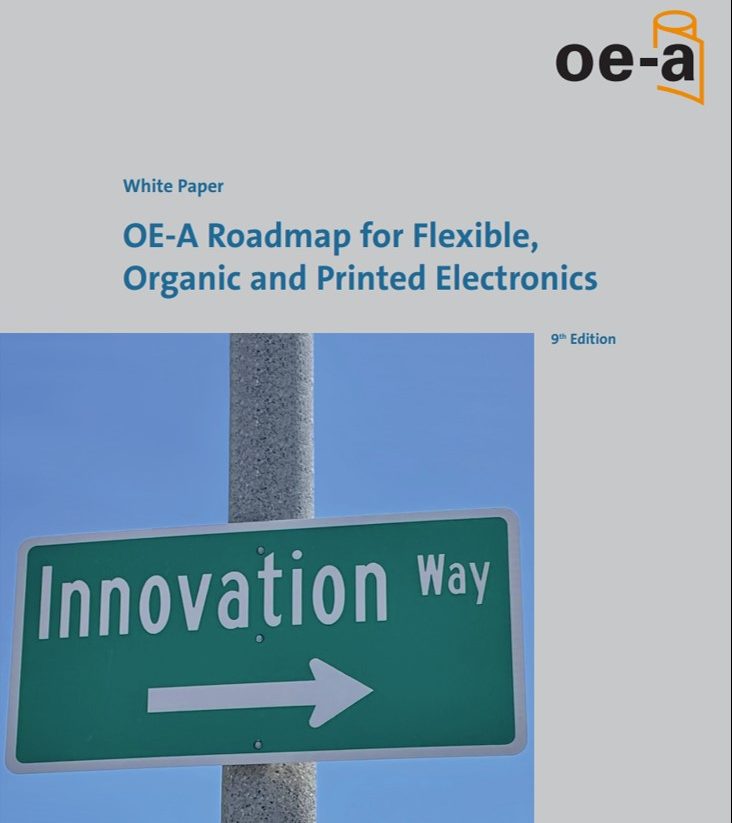Functional Materials have continued to improve in charge carrier mobility, and it is expected that mobility comparable to poly-Si will eventually be achieved. However, processability and reproducibility are at least as important. Recently, interest has been growing in hybrid organic/inorganic materials, including perovskites, not only for PV, but also for other applications. Despite progress, for example in combined thermal and photonic sintering, processing temperatures for metal oxide materials are still higher than desired, but research is continuing. Materials discussed include Organic Semiconductors, Inorganic Semiconductors, Hybrid Organic-Inorganic Semiconductors, Semiconducting CNTs and Conductors, Dielectrics, and Catalysts.
Implementation examples
Stretchable silver conductive ink
Can be seamlessly embedded directly onto fabric using standard apparel manufacturing processes, creating thin, form-fitting circuits that can endure over 100 washes and continue to perform through repeated stretching. It is specifically designed for smart clothing applications, transforming ordinary fabrics into active, connected and optimized for fitness and health monitoring wearables.







